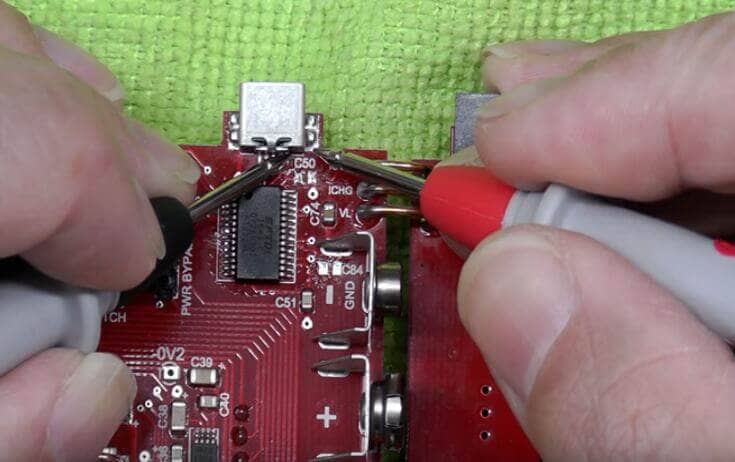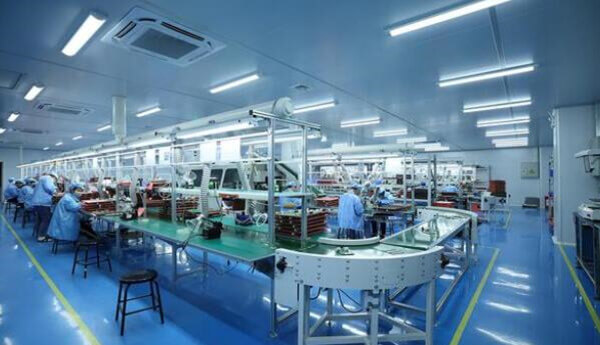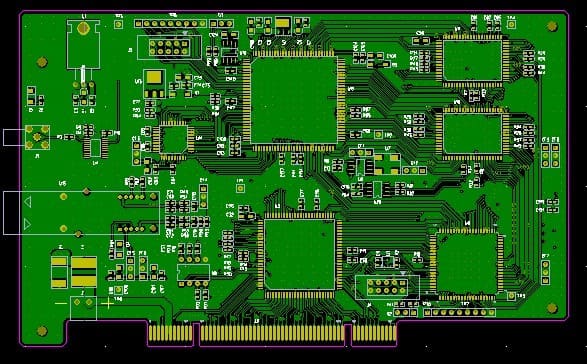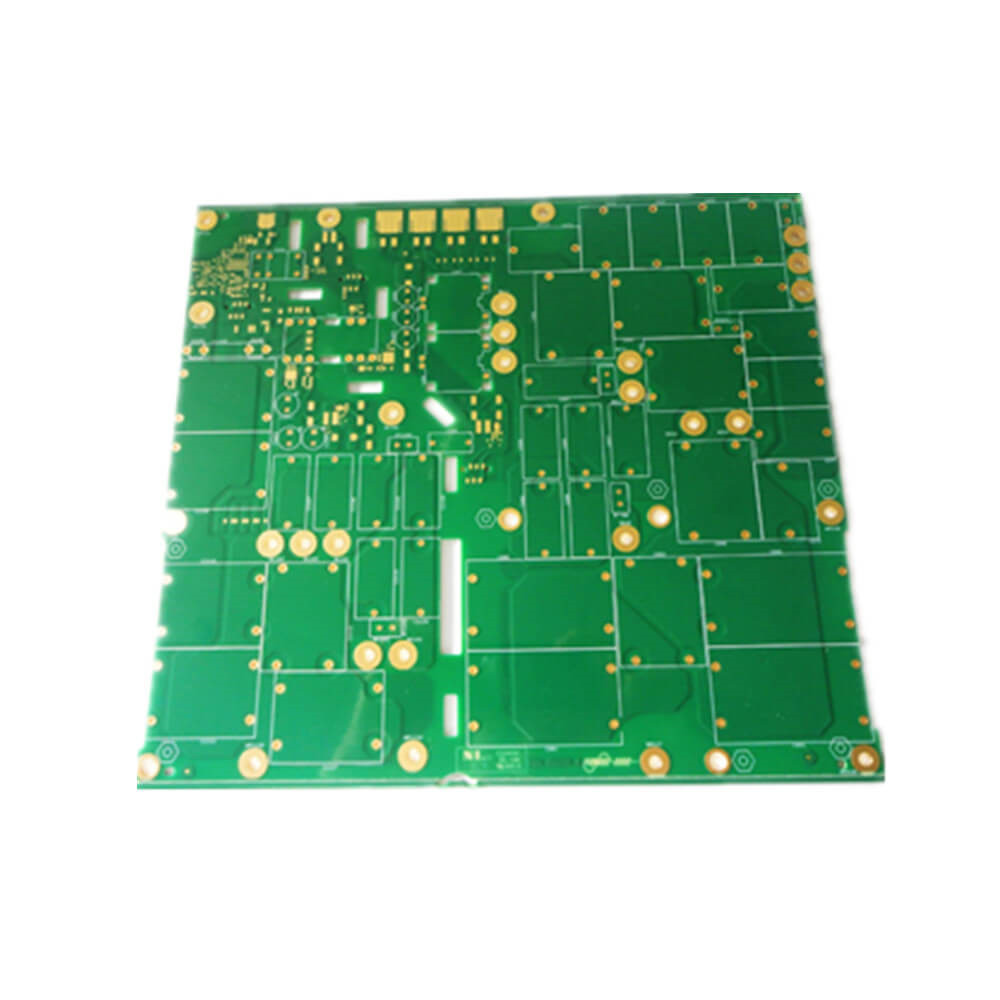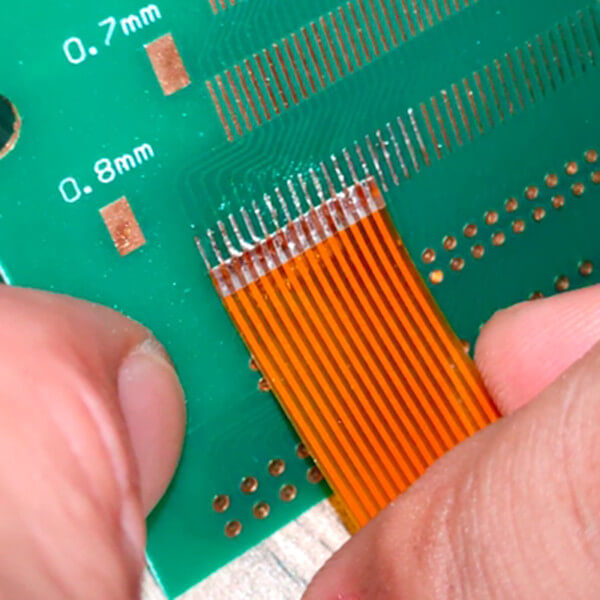When studying PCB design or working in PCB design, everyone will encounter various problems. In order to let everyone better solve these problems and avoid detours, here we share 6 common problems in PCB layout.
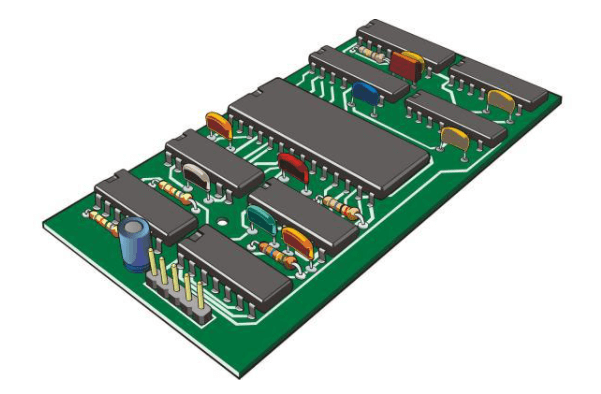
1. What Layout of the PCB Board Can Achieve The Best Heat Dissipation Effect?
There are three main sources of heat in the PCB:
- The heating of electronic components;
- The heating of the PCB itself;
- The heat transferred from other parts.
Among the three heat sources, the components generate the largest amount of heat, which is the main heat source, followed by the heat generated by the PCB board. The heat transferred from the outside depends on the overall thermal design of the system and is not considered for the time being. Then the purpose of thermal design is to take appropriate measures and methods to reduce the temperature of the components and the temperature of the PCB board, so that the system can work normally at a suitable temperature. It is mainly achieved by reducing heat generation and accelerating heat dissipation.
2. How to Reduce Electromagnetic Interference in PCB Layout?
For reducing electromagnetic interference, you need to pay attention to matching, decoupling, layout, layering and other issues. It is recommended to refer to some materials.
3. What Should be Paid Attention to for Signal Layout Higher Than 5G?
It is necessary to consider not only the transmission line effect, but also the parasitic effect, as well as the problem of EMI.
4. Is the Distance Between The Thermal Element and The Heating Element Considered?
The heating element should be arranged on the edge of the PCB to facilitate heat dissipation. If the PCB is installed vertically, the heating element should be placed above the PCB. Thermal components should be far away from heating components.
5. What Should be Paid Attention to When Laying Out Multi-layer Boards?
In the multi-layer board layout, because the power supply and the ground plane are in the inner layer, be careful not to have a floating ground plane or power plane. In addition, make sure that the vias that hit the ground are actually connected to the ground plane. Add some test points to the signal to facilitate the measurement during debugging.
6. How to Effectively Reduce The Influence of Interference Between Circuit Components, and How to Layout The Amplifier to Suppress The Introduction of Ripple to The Utmost Extent?
The principle of reducing interference is
- Reduce the radiation end;
- Strengthen the isolation, shielding and decoupling of interference;
The principle of ripple reduction is also:
- Reduce the ripple output of the switching power supply;
- Sufficient decoupling filtering;
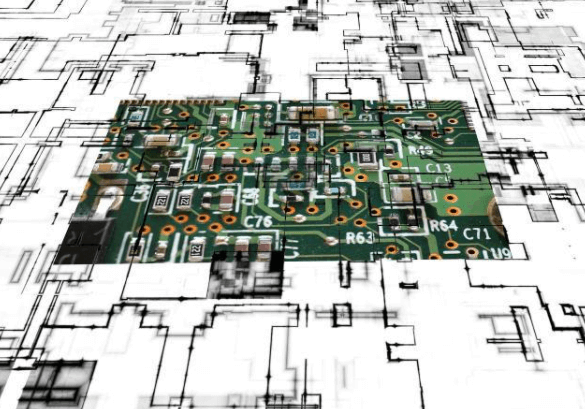
Knowledge Expansion
Basic Principles of PCB Layout
- Communicate with relevant personnel to meet special requirements in terms of structure, SI, DFM, DFT, and EMC.
- According to the structural element diagram, place the components that need to be positioned such as connectors, mounting holes, indicator lights, and give these components non-movable attributes, and carry out dimensions.
- According to the structural element diagram and the special requirements of some devices, set up the forbidden wiring area and the forbidden layout area.
- Comprehensive consideration of PCB performance and processing efficiency to select the process flow (preferably single-sided SMT; single-sided SMT + plug-in; double-sided SMT; double-sided SMT + plug-in), and layout according to the characteristics of different processing technology.
- Refer to the results of the pre-layout when layout, according to the layout principle of “big first and then small, first difficult and then easy”.
- The layout should meet the following requirements as far as possible: the total wiring is as short as possible, and the key signal line is the shortest; high voltage and large current signals are completely separated from weak signals of low voltage and small current signals; analog signals and digital signals are separated; high frequency The signal is separated from the low-frequency signal; the distance between the high-frequency components should be sufficient. Under the premise of meeting the requirements of simulation and timing analysis, local adjustments are made.
- As far as possible, the same circuit part adopts a symmetrical modular layout.

